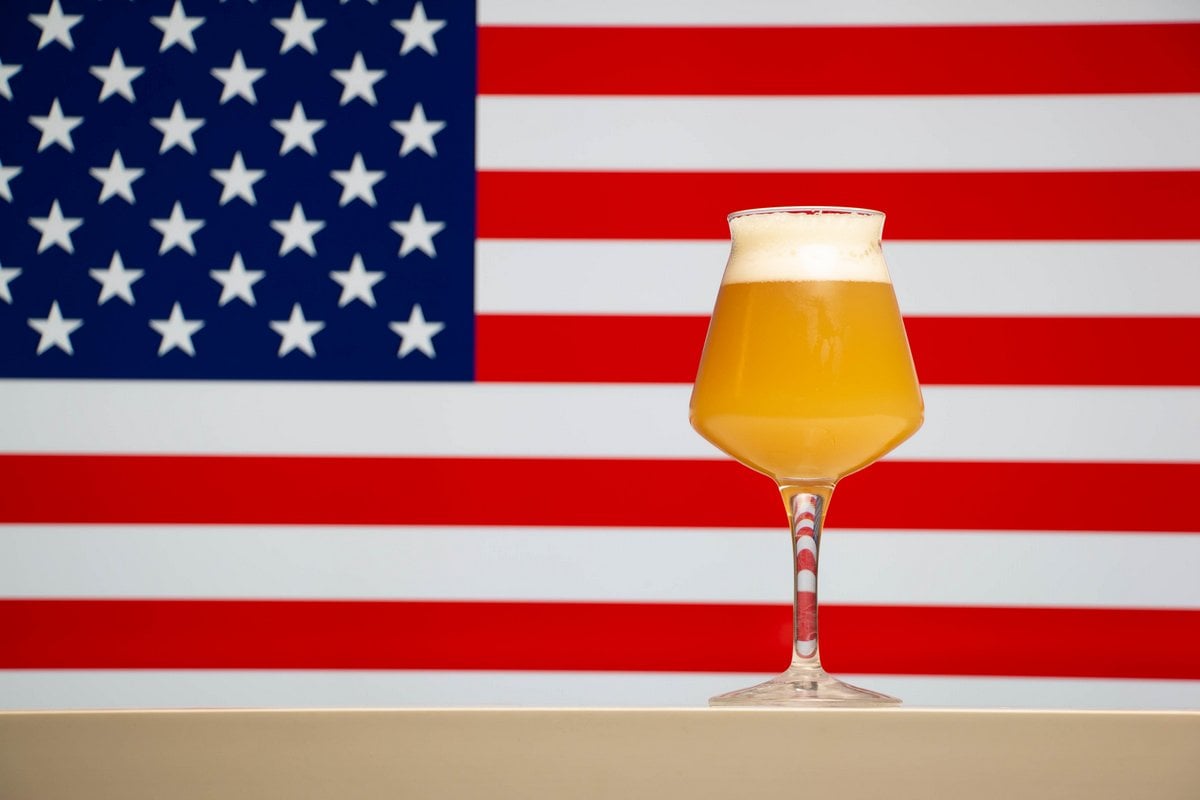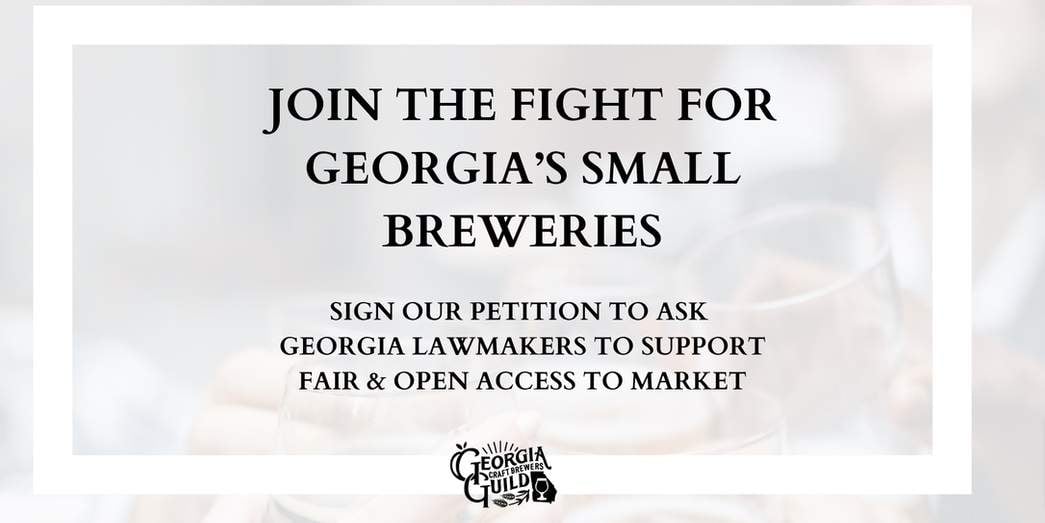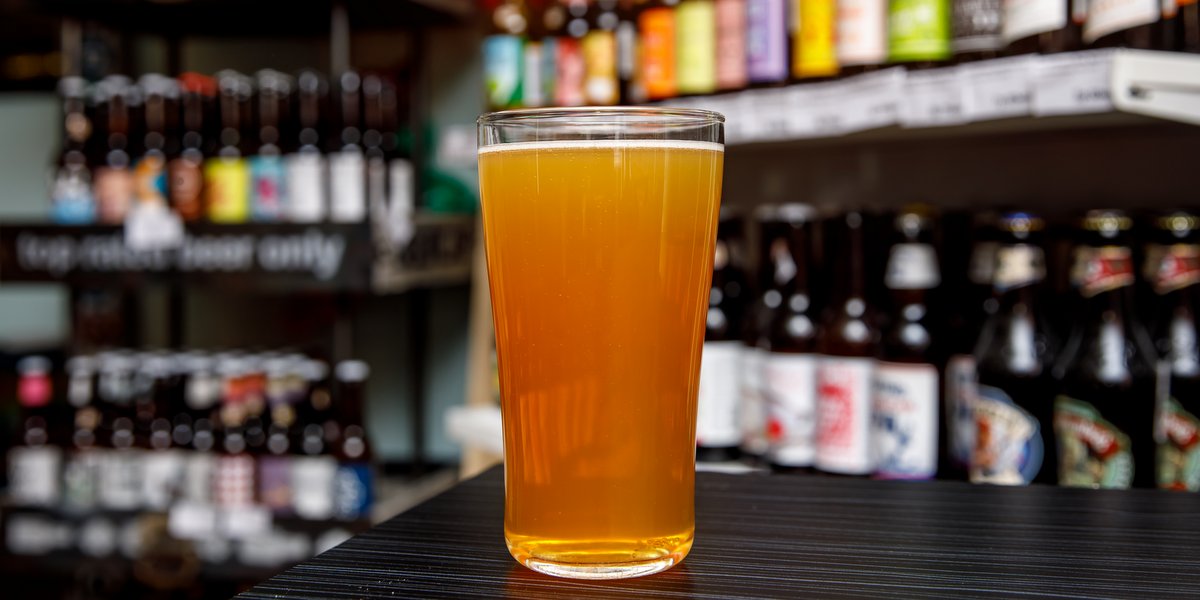
Hey, the U.S. government just released a 63-page report called “Competition in the Markets for Beer, Wine and Spirits,” and it’s got folks buzzing. Enjoy it right here. Some are hailing it as a pivotal document aimed at modernizing America’s bygone alcohol regulatory system. Others see it as an attack on big business and the three-tier distribution system. The report is part of an executive order announced last summer and a push by the Biden administration to promote competition and crack down on anti-competitive practices in all types of American business sectors, ranging from farming to drugs to beer, and thusly (according to Biden) “lower prices, increase wages, and take another critical step toward an economy that works for everyone.”
Last week, the U.S. Department of the Treasury, in consultation with the U.S. Department of Justice and the Federal Trade Commission, released a specific competition report on the alcohol industry, and it’s a whopper. It details the challenges a small business like a craft brewery might face when entering into America’s overly regulated and highly competitive alcohol marketplaces. It details a lot of things small beer makers have been screaming about for years — like how the American beer sector is an obvious case where two monopoly-sized companies, Anheuser Busch InBev and Molson Coors, control 65 percent of the beer market nationwide, as measured by revenue (stat on page 2).
Here is a quick nugget from page 26, noting the report has 62 other pages of similarly grimace-worthy paragraphs:
Moreover, within the three-tier system, so-called “independent” beer distributors tend to be affiliated with either ABI [Anheuser Busch InBev] or Molson Coors, because they sell large volumes of either ABI products or Molson Coors products, respectively. This leads to many local markets being served by two large distributors — each affiliated with either ABI or Molson Coors — and most other brewers must rely on one or the other to get to market. Consequently, the majority of other brewers’ beers are distributed either by the ABI-affiliated distributor or the Molson Coors-affiliated distributor in a given geographic area, although in some geographic areas, a handful of small boutique distributors are also present. One commenter described this dynamic as “a duopoly that together holds ninety percent or greater of the beer market in a specific geographic territory” and commented that “[t]his distribution choke point, in turn, helps entrench dominant beer suppliers by forcing smaller brands to compete for ‘share of mind’ in a highly consolidated distribution channel that prioritizes existing major brands.”
The report certainly isn’t just about consolidation and big beer. It details extensively how the American alcohol industry is heavily regulated and often regulated quite crazily depending on a variety of factors including state and federal laws, type of alcohol production and whether you’re a maker, distributor or retailer. It talks about the rise of direct-to-consumer sales (especially during the pandemic), and the need to reform restrictive laws to allow DTC in the beer market like we see in the wine market. It talks about consumer-friendly labeling, federal tax rates, can supply monopolies, complex application requirements, slotting fees and everything in between. Basically, it points out a dizzying amount of examples of how small alcohol makers like craft brewers face enormous challenges to enter the market and then succeed in the long term.
As you might expect, the report is stirring both fear and excitement across the industry, depending on where you sit on issues like big vs. small breweries or beer distribution laws (manufacturer vs. wholesaler vs. retailer). The Beer Institute, which is a trade org that represents both macro and micro interests in beer, was quick to note the report’s inaccuracy when it came to fair and progressive competition.
“We are disappointed by the Administration’s mischaracterization of the thriving American beer industry,” said Beer Institute President and CEO Jim McGreevy. “The American beer industry is one of the most vibrant industries in the country. Since 2010, we have seen more than 10,000 new breweries permitted, and today — from agriculture and manufacturing to construction and transportation, the beer industry supports more than two million American jobs and contributes more than $331 billion to the nation’s economy. Consumers are benefiting from the growing number of brewers and beer importers, with more choices for beer than at any other time in our nation’s history.”
The Brewers Association applauded the report. The trade org that represents indie breweries (mostly small businesses) released a statement from Bob Pease, president and CEO. Here is part of it.
The Brewers Association thanks the White House, Treasury Department, the Department of Justice, and the Federal Trade Commission for their work on this report; and we appreciate the recognition that despite growing numbers of craft brewers, beer remains a heavily concentrated industry, which poses competition challenges to craft brewers and consumers. We applaud the Treasury Department’s recommendations on how to improve competition in the beverage alcohol industry, many of which align with the Brewers Association’s submitted comments (Comment Letter One, Comment Letter Two).
Upon an initial review of the Treasury’s Competition in the Markets for Beer, Wine, and Spirits report, we are glad to see that the report recognizes that some laws, even those originally designed for a pro-competitive purpose, have inhibited the growth and competitiveness of craft producers. Second, we see much to like in its conclusions and applaud the report’s focus on the Federal Alcohol Administration Act’s trade practice provisions and the continued need to combat practices like slotting fees and discriminatory conduct. Lastly, we appreciate the report’s recognition that some laws have become out-of-date and that new rules may better serve public health and foster competition.
The American Beverage Licensees (ABL) organization, which represents alcohol retailers, dismissed a lot of the report. Executive Director John Bodnovich issued a big statement. Here’s a snippet:
Non-three-tier markets around the world do not offer anywhere near the variety of competition among both reliable and innovative products for consumers as U.S. state alcohol markets, nor do they provide the same level of reliability when it comes to preventing counterfeit, tainted or illegal alcohol products.
…
It is also troubling that when examining ‘direct-to-consumer’ shipping of alcohol, the report relies extensively on a nearly 20-year-old Federal Trade Commission (FTC) wine report that is ‘based on a study of one local market.’ Reaching conclusions on a topic as complex and nuanced as direct-to-consumer sales demands a more thorough analysis and, as the report notes, ‘is best addressed by a democratically-elected legislature.’
Some of the report’s facts definitely seem old. Page 2 says: “There are now over 6,400 operating breweries in the United States, up from a low of 89 in the late 1970s.” Well, the American brewery count was well over 8,700 in 2020 (the latest numbers we have access to) and is probably over 9,000 in 2022. So, old data sentences like that don’t help sell the report.
Regardless, fans of craft beer and non-brewer beer pros seem quite pumped for the potential here. Frequent CBB contributor Jeff Carroll, GM of Avalara for Beverage Alcohol (a licensing, registration and tax compliance solution for wineries, breweries and distilleries) wrote us this note:
“The Treasury report is a big deal and could be a watershed moment for modernizing an alcohol regulatory system that is nearly 90 years old. One area that we’re watching very closely in the short term is how this will impact direct-to-consumer shipping bills currently being considered in multiple state legislatures.
The report is a big deal for sure, and it is also literally a big read. It analyzes the markets for beer, wine and spirits, detailing the role that consolidation and complex regulations play in stifling small businesses and blocking market access to new participants. To solve the competitive challenges, the report identifies several priorities, “including strengthened review of horizontal consolidation, enforcement of trade practice rules against exclusionary conduct and reform of post-Prohibition era regulations that hinder small firms and new entrants from accessing the marketplace.” It’s a lot to take in. So to tease you into reading the entire report right here (it’s an important read), I’ve listed the…
Eight major concerns for craft breweries:
- Beer production is concentrated heavily with two major brewers, and several distributors have expanded their geographic reach, giving rise to concerns from craft brewers. Studies have shown direct links between major brewery mergers and an ability to raise prices in the markets in which they compete.
- Despite TTB’s active enforcement of the Federal Alcohol Administration (FAA) Act’s competition provisions, complaints about exclusionary behavior by large producers, distributors, and retailers are common. Some of the major complaints include those about (1) discriminatory conduct by distributors, and (2) slotting, shelving, and other preferential practices, despite a ban on such practices.
- The complaints suggest that the FAA Act’s competition provisions, originally intended to address overconsumption of alcohol and problems with organized crime may, in a much changed marketplace, not fully address the exclusionary impact of some business practices. They may, at the same time, unnecessarily burden small firms and new entrants.
- Some of the laws and regulations, both state and federal, may impose a disproportionate burden on small and medium-sized producers without corresponding justifications based in public health or the prevention of anticompetitive behavior. Some of the rules in question include labeling preapproval requirements, bottle size restrictions, mandatory classification of beverages, and complex application requirements to qualify for a permit to produce alcohol.
- While originally designed to prevent anticompetitive vertical integration where distribution is dominated by a few players, some state and federal laws may actually inhibit the growth and competitiveness of small producers. Other laws may unnecessarily inhibit forms of marketing that could otherwise help competition. Restrictive laws also can have financial consequences for consumers. Some state laws require distributors to set publicly and adhere to prices, stifling competition and likely increasing prices to consumers. One study estimated that “post and hold” laws restricting price competition could lead beer consumers to “spend $147-478 million more than they did previously.”
- Regulatory proposals that could serve public health and foster competition by providing information to consumers, such as mandatory allergen, nutrition, and ingredient labeling proposals, have not been implemented.
- Federal tax rates differ between beer, wine, and spirits and affect competition between each of those sectors. Rates that differ between domestic and foreign producers, and between large and small producers also affect competition.
- The direct-to-consumer model, common in wine, has been spreading to beer and spirits and offers distribution opportunities for small producers. Some, however, argue that direct shipment risks making alcohol available to under-age drinkers. An FTC study of direct wine shipments found no evidence of such abuse, but there is a lack of evidence specific to beer and spirits.
In light of these eight considerations, the report details a ton of analysis and makes a number of recommendations. Read them all right here.





Leave a Reply
You must be logged in to post a comment.